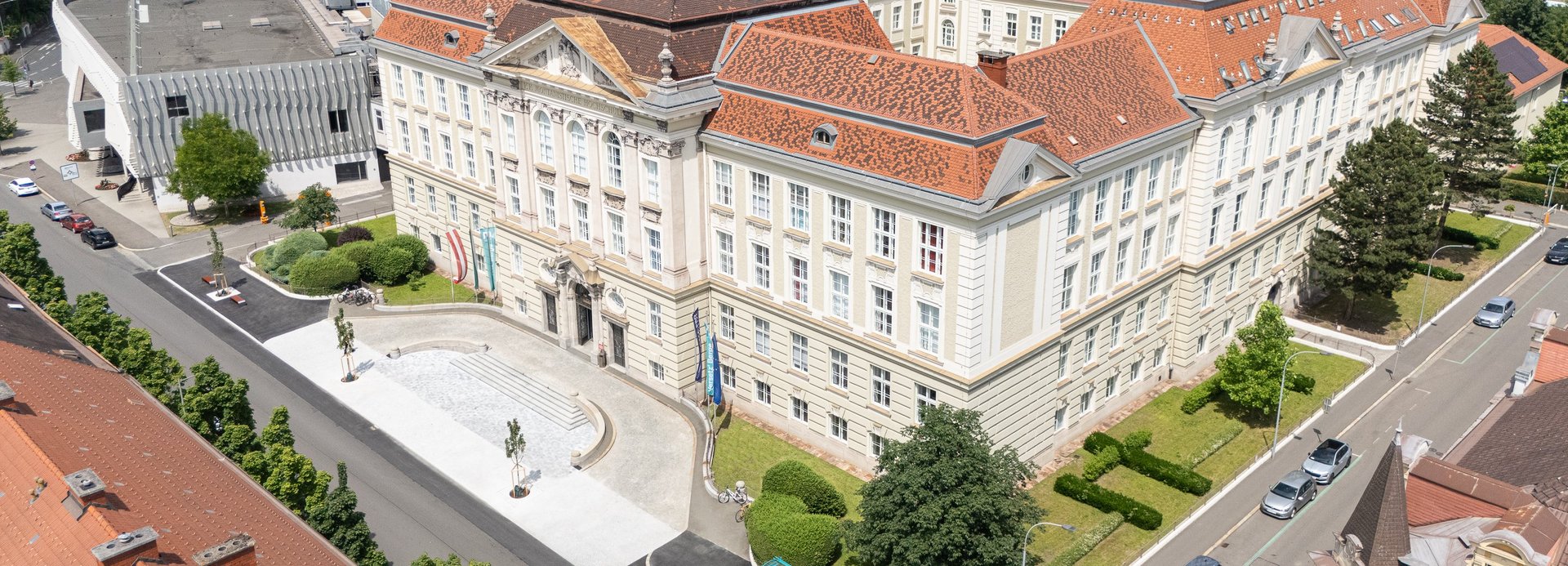Abstract:
Among ultrathin layered van der Waals materials hexagonal boron nitride has attracted considerable attention. The van der Waals character of its surface together with its insulating properties makes it an ideal substrate for the fabrication of high quality organic crystalline thin films with minimum disturbance from the substrate. hBN can either be used as interface layer decoupling the adsorbed species from the metallic or dielectric support or multilayer hBN can directly serve as an inert, weakly interacting substrate. The adsorbed species and resulting thin organic crystallites can then be considered as almost free standing enabling access to their intrinsic properties. Technologically, this means that organic thin film transistor - ultimately only limited by the intrinsic properties of the organic crystals- can be realized. The efficient decoupling of the adsorbed organic molecules from the support also provides the opportunity to gain new insights in fundamental aspects of intermolecular interactions, self-assembly, chemical reactions, or electronic properties which might otherwise be inaccessible due to the strong adsorbate-substrate interactions. In this review, we provide an overview on the adsorption, assembly, growth and properties of organic molecular films from sub monolayer coverages to crystalline thin films on hBN substrates mainly obtained by mechanical exfoliation.
Link to article: iopscience.iop.org/article/10.1088/1361-6463/ab29cb/meta
